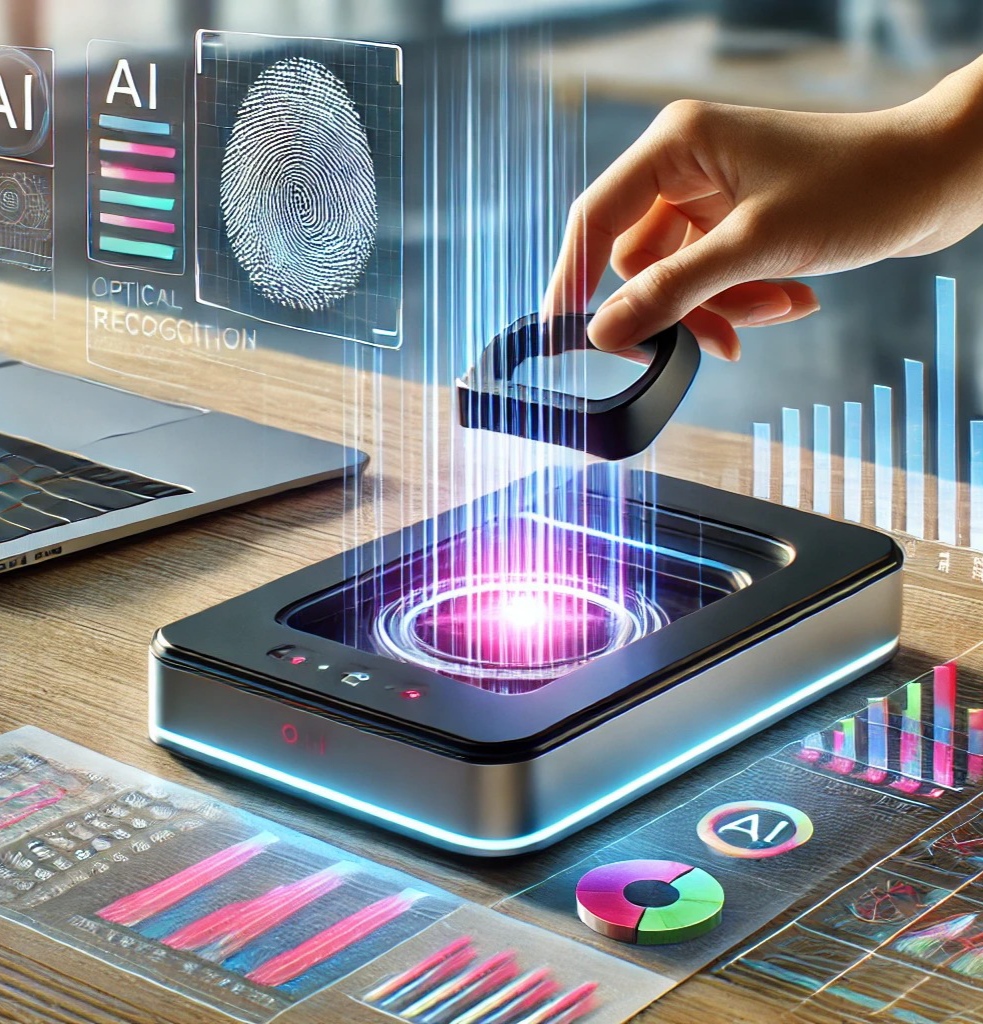Optical Mark Recognition (OMR) devices are specialized tools used to read and interpret marks made on documents such as surveys, tests, and forms. They are essential in automating data collection processes and minimizing human error. Here’s a detailed overview of OMR devices, their components, types, and applications:
1. What is an OMR Device?
An OMR device is a machine that detects the presence or absence of marks, such as bubbles or checkboxes, on specially designed forms. These devices are widely used in educational institutions, market research, and public opinion polling.
2. Components of an OMR System
OMR devices consist of the following key components:
- Scanner: Reads and captures the data from the form.
- OMR Software: Processes the scanned image, interprets the marks, and converts the data into a digital format.
- Special OMR Forms: Pre-designed forms with defined areas where marks can be made. These forms often include alignment markers to ensure accurate scanning.
3. How OMR Works
- Form Design: The forms are designed with specific fields for users to mark answers, usually in the form of bubbles, rectangles, or checkboxes.
- Scanning: The completed forms are scanned using an OMR scanner, which identifies the marked areas based on the presence of darkened regions.
- Data Interpretation: The OMR software translates the detected marks into data (e.g., selected options or numerical values).
- Output: The processed data is exported into formats like Excel, CSV, or integrated directly into a database.
4. Types of OMR Devices
OMR devices can be classified into different categories based on their functionality:
- Dedicated OMR Scanners: Standalone devices specifically designed for OMR forms. Examples include models by Scantron.
- Flatbed Scanners with OMR Software: Regular scanners equipped with software that can perform OMR functions.
- Mobile OMR Systems: Use smartphone cameras combined with OMR apps to capture and interpret data.
5. Applications of OMR Devices
- Education: For grading multiple-choice tests, attendance tracking, and student surveys.
- Surveys and Polls: Large-scale data collection for market research or public opinion studies.
- Elections: Used in voting systems to read ballot papers.
- Healthcare: Patient feedback forms and medical surveys.
- Human Resources: Processing job applications and aptitude tests.
6. Advantages of OMR Devices
- Speed: Processes thousands of forms in a short time.
- Accuracy: Minimizes human error in data entry.
- Cost-Efficiency: Reduces the need for manual data entry and labor.
- Scalability: Can handle large-scale data collection projects.
7. Limitations of OMR Devices
- Form Design Dependency: OMR forms must be carefully designed to avoid misinterpretation.
- Marking Rules: Users must follow strict marking guidelines (e.g., dark marks, no stray marks).
- Initial Costs: Dedicated OMR scanners and software can be expensive.
- Environmental Sensitivity: Scanners may misread forms that are damaged, folded, or poorly aligned.
8. Popular OMR Devices and Software
- OMR Scanners:
- Scantron iNSIGHT series
- Sekonic SR-3500
- OMR Software:
- Remark Office OMR
- Gravic OMR
- FormScanner (open-source)
9. Trends in OMR Technology
- AI Integration: Enhancing mark detection accuracy with machine learning.
- Cloud-Based Systems: For real-time data processing and accessibility.
- Mobile Scanning: Using smartphones to reduce dependency on expensive hardware.
Let me know if you need more specific details or help selecting an OMR device for a particular application!

Leave a Reply